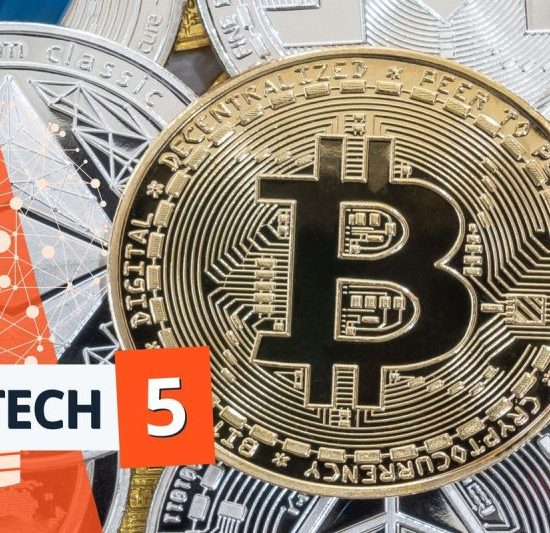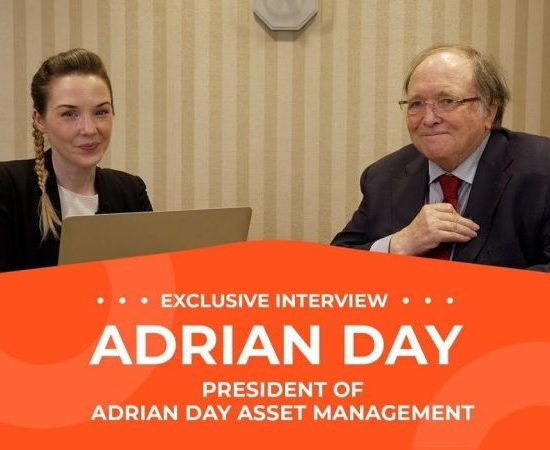The Gold Standard: An Insight into its History and Facts
The history of the gold standard is a fascinating study of economics, policy, and culture. It refers to a monetary system wherein the standard unit of currency is equivalent to a specific amount of gold. Under this system, gold is recognized as the fundamental basis for the value of money.
The gold standard was primarily introduced to stabilize currencies by pegging them directly to gold’s value. However, over time, the principle and efficacy of the gold standard have been subjected to extensive debates involving economists, policymakers, and historians.
Historical Overview
The genesis of the gold standard can be traced back to early civilizations, where gold was used as a direct form of trade or barter. However, the modern version of the gold standard was not adopted until 1821 in Great Britain. After seeing the merits and potential stability the gold standard could offer, nations across the world began adopting this practice in the late 19th century. This period of global acceptance was often referred to as the Gold Standard Era.
The gold standard gained prominence in the United States in 1879 when it legally made gold a unit of account. However, it went through several fluctuations, primarily due to global events such as the First and Second World Wars. During these periods, many countries abandoned the gold standard temporarily to address wartime economies’ exigencies.
The gold standard faced its final and most significant challenge during the global economic crisis in the 1930s. Faced with the Great Depression, nations, including the United States, abandoned the gold standard once and for all to stimulate their economies by making credit more easily available.
Facts and Figures
The gold standard’s implementation had noteworthy effects and influences on the world economy, leading to significant facts and figures worth considering.
Firstly, during the gold standard’s existence, countries experienced fewer inflation spikes and periods of relative price stability. This outcome resulted from the restricted money supply tied to the physical supply of gold.
Secondly, the gold standard allowed for predictable conversion rates between countries. This predictability boosted international trade, as traders could be sure of their trade’s value on either side of the transaction.
Thirdly, the interwar period saw a drastic decrease in the money supply due to the gold standard’s constraints, leading to a prolonged period of deflation. This period then required an economic stimulus which led to the abandonment of the gold standard.
The Overarching Influence: Gold Standard Today
Even though the gold standard has been abandoned as a global monetary policy, its influence persists. Today, many have advocated for a return to the gold standard, viewing it as a bulwark against inflation and economic instability. However, critics argue that tying money to a physical resource like gold can excessively constrain economic growth and respond inadequately to financial crises. The gold standard debate remains a recurring theme in modern economics.
Moreover, gold retains its prestige and importance in the global economy. The World Gold Council reported in 2024 that central banks globally hold almost 34,000 tonnes of gold in reserve, reflecting the ongoing trust in gold. Furthermore, some countries, including the U.S., hold on to large gold stockpiles, underscoring its insurance-like role in financial systems.
In short, while the gold standard as a policy may be a bygone era, its implications and debates continue to impact economic thinking today. The reliance on gold as a bedrock of value has never completely disappeared, proving the enduring lure and relevance of this precious metal in shaping global finances.




